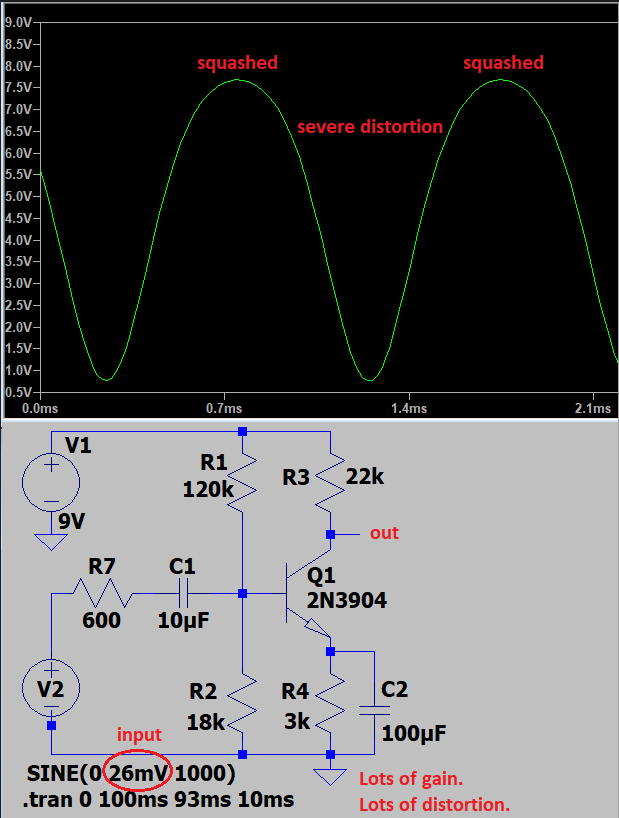Either is, of course, the standard Baxandall tone control circuit that essentially zeroes a frequency-dependent adjustable bridge between signal and negative feedback from an inverting amplifier.
The single-transistor version has no dependable amplification factor, limited linearity, variable noise performance, considerable quiescent current that drives noise via heating components.
The opamp version, in contrast, has quite constant design parameters. It will inherently have crossover distortion but will go to considerable lengths to obviate its effects, and in connection with bypass capacitors there are well-documented ways to get rid of it.
Noise performance will be good, quiescent current for low-noise low-distortion operation will usually be considerably less than the single-transistor version.
You wouldn't use transistors from the 70s, and of course you wouldn't use the 741. You can pick opamps that fit your use regarding the specs. Inverting configuration means that you need not worry about common-mode distortion, so you can pick a JFET opamp like the OPA2134 that has no specific common-mode distortion compensation (like OPA1642 has) that will have very high input impedance (and thus not sap the Baxandall network operation), no relevant input current noise given the variable Baxandall network impedances, and input voltage noise of 8nV/√Hz which corresponds more or less to the noise of a 3.2kΩ resistor which is small in relation to the other impedances (one might lower all impedances for less overall noise).
You can also pick other opamps with different noise figures, input impedances, slew rates and so on and match the circuit to it (with regard to a tone network, it would be customary to add a small capacitor as direct negative feedback for high frequencies that cuts off amplification outside of the audible range).
In short, using opamps allows you to design your circuit in terms of directly audio-relevant parameters and design constraints with high precision and dependable results.
And on-chip compensation networks and laser-trimmed components allow for a precision and functional simplicity that you just don't get with isolated components.



